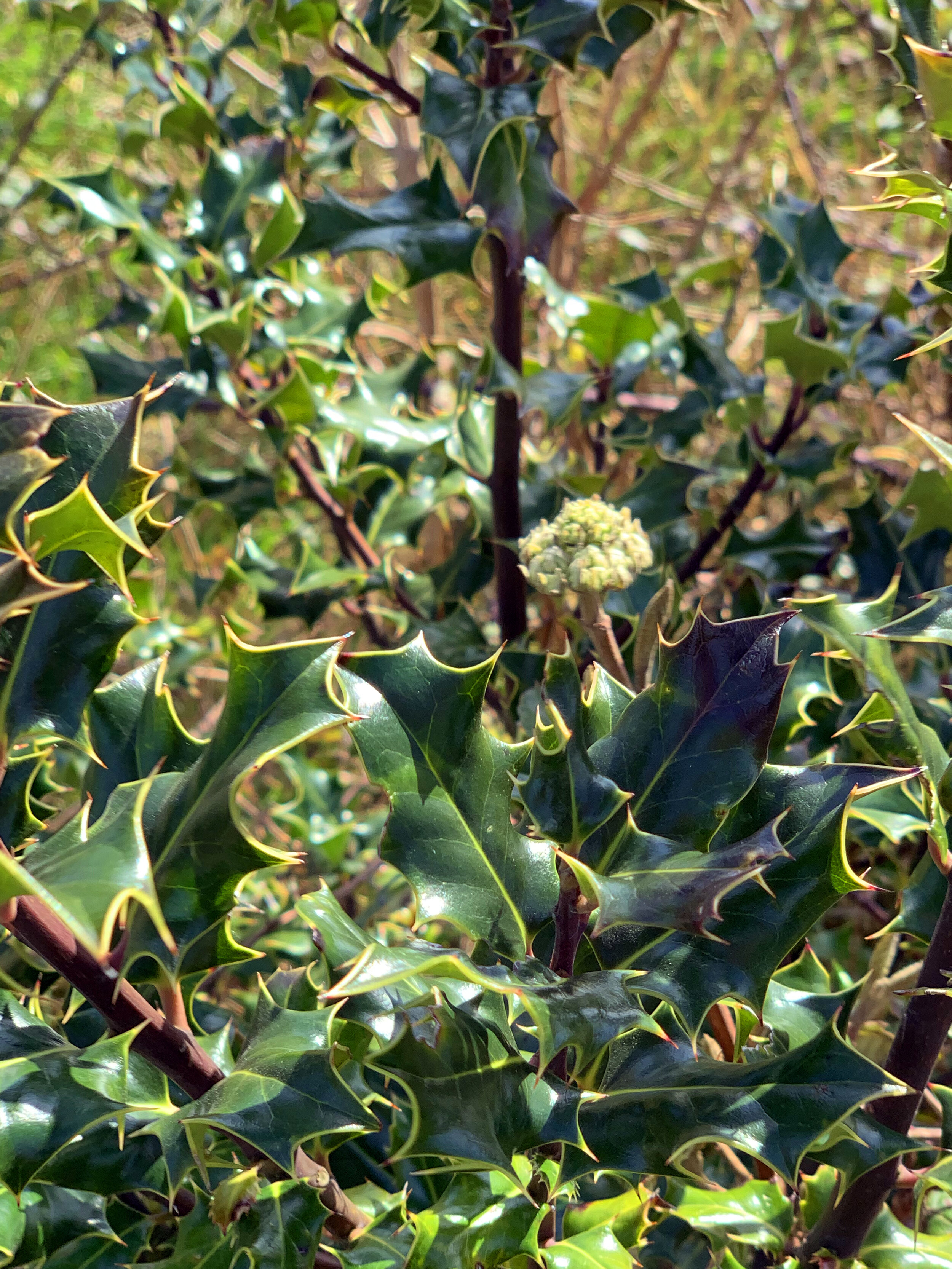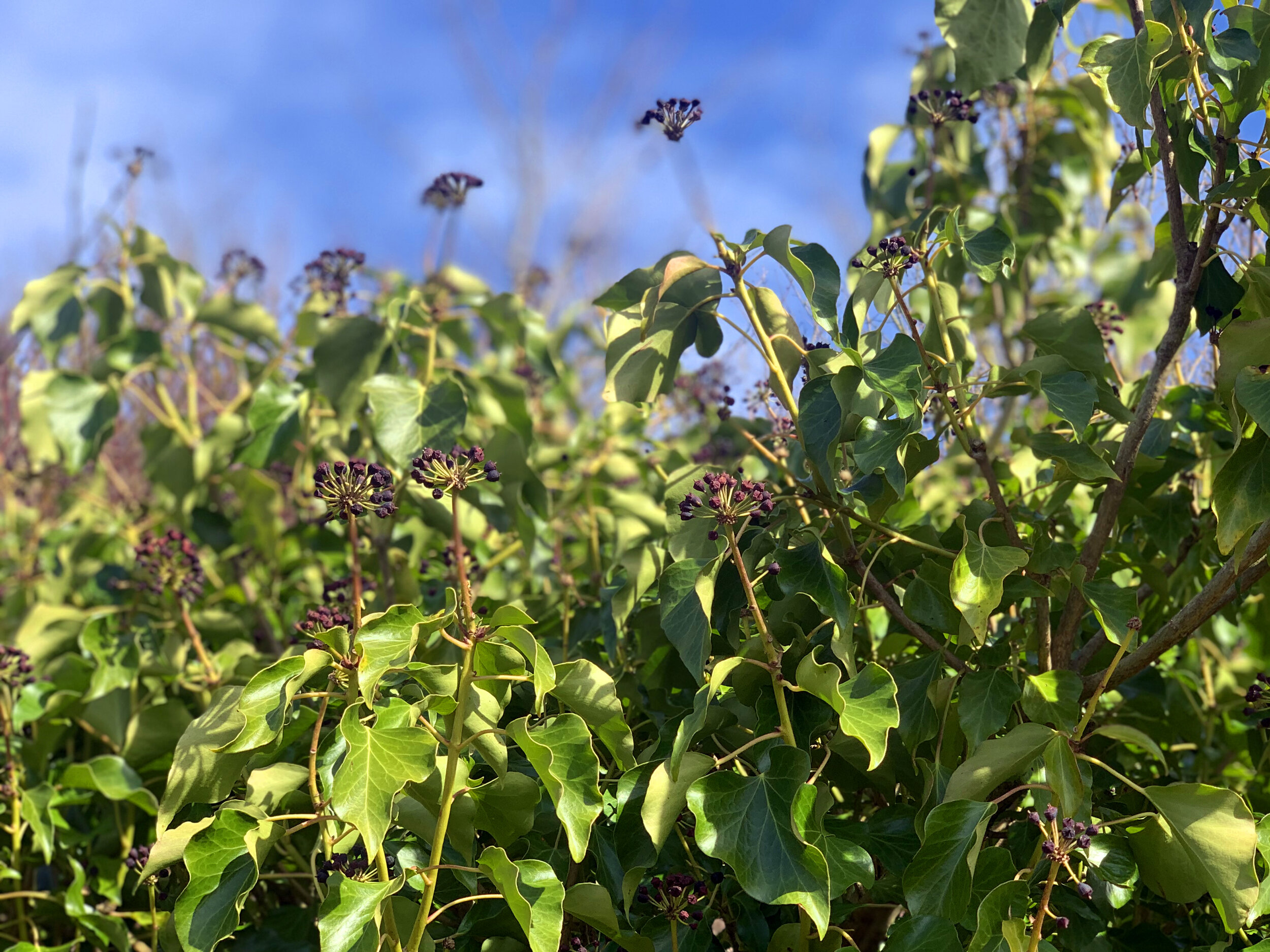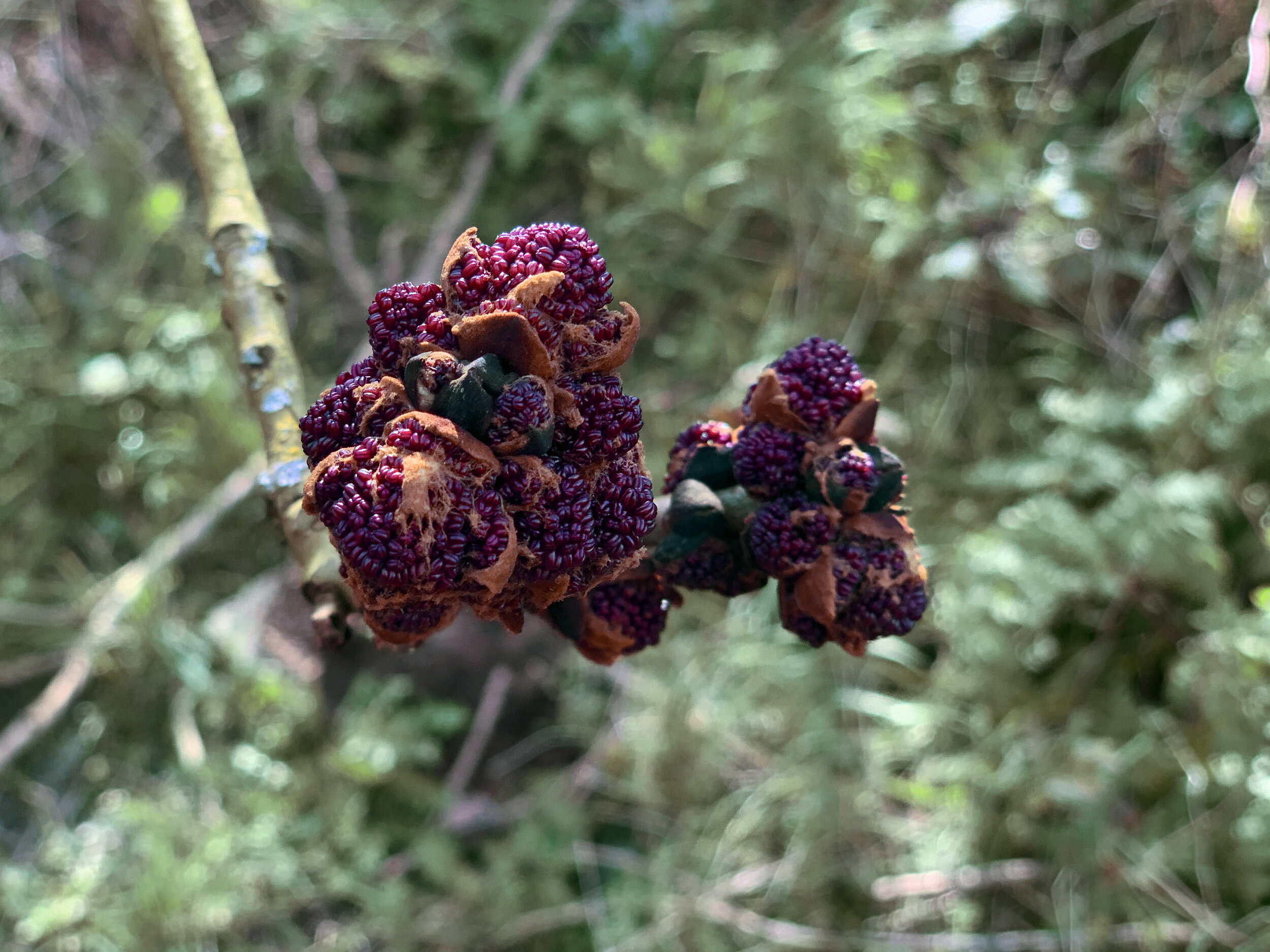South Downs Foraging
Hey everyone!
I’m back with my wildflower diary and took the allocated excercise of the pandemic rules, to go explore the local area in my home town of Mile Oak. I wanted to check out the building works as since I took the header image of Agitprop Issue One, the field that is yellow in the image has now been repurposes for houses so I snuck in to see if any of the fields inhabitants or flowers were still untouched. There was a massive lack of red clovers, I don’t know what has changed since I was a kid but there’s no longer any of the snails that have conical shells, white shells, or red clovers. I wonder why?
I was checking out the Wildlife Trust again and saw this awesome article about rare animals indigenous to the UK. Check it out here.
1. Red squirrel (Sciurus vulgaris)
With its signature russet brown fur, bushy tail and large ear tufts, the red squirrel is one of the UK’s rarest mammals. Red squirrels enjoy a diet of nuts and seeds, as well as tree flowers, buds, shoots, bark and lichen.
Once widespread, red squirrels are now few and far between. They were outcompeted by grey squirrels after greys were introduced from North America in the early 20th century. Weighing in at around 600g compared to the red’s 250g, grey squirrels adapted to changing habitats and foraged more efficiently.
Another threat facing the red squirrel is the fatal squirrelpox virus. Grey squirrels transfer it to reds, without actually becoming affected themselves.
Red squirrels are now only found in Scotland, Northern Ireland and the far north of England. They can inhabit deciduous or coniferous woodland. The UK population is around 140,000, compared to several million grey squirrels.
The red squirrel is one of our rarest mammals.
Credit: WTML
2. Water vole (Arvicola amphibius)
With a similar appearance to the brown rat, the water vole is in serious danger of becoming extinct. Found along rivers and streams, this large rodent is also known as the ‘water rat’ or ‘water dog’, and eats up to 80% of its body weight daily. They usually like to sit in one spot to eat, often leaving behind piles of nibbled stems and grass.
Water voles have three to four litters each year, during spring. They can have up to five young per litter.
They are active during the day and are known for digging burrows along riverbanks, where they will rest at night.
Once found in almost every waterway in Scotland, England and Wales, it is believed this species has now been lost in around 90% of these sites. This is due to predation by the non-native American mink, as well as habitat loss and water pollution.
The water vole is in serious decline.
Credit: Dave Foker / WTML
3. Pine marten (Martes martes)
These secretive mustelids have a chestnut brown coat, white-yellow throat and long hairy tail. Similar in size to a domestic cat, they weigh around 1-2kg and are 60-70cm long. They inhabit deciduous and coniferous woodland and have a broad diet made up of carrion, small mammals, birds, eggs, fruit and insects.
Once the second most common carnivore in the UK, pine martens have declined considerably. While predation by eagles and foxes is partly to blame, the main reason is hunting and habitat destruction in the 1800s. By the early 20th century the species was almost wiped out completely. Some small numbers remain in Scotland, areas of Wales and northern England.
Pine martens are now protected by the Wildlife and Countryside Act 1981, and numbers are increasing. We are working with the Vincent Wildlife Trust on the Pine Marten Recovery Project to help grow pine marten numbers in England and Wales.
Pine martens often inhabit old bird's nests or squirrel dreys.
Credit: Arterra Picture Library / Alamy Stock Photo
4. Bechstein's bat (Myotis bechsteinii)
The Bechstein’s bat was once the most common bat species in Britain. With long ears, a pink face and brown fur, this species is a woodland specialist, relying on ancient woods and trees in particular as they have more holes, crevices and cracks to roost in. It is very rare for these bats to roost in buildings.
The Bechstein's bat relies on echolocation to hunt for moths, midges and other flying insects at night. Following breeding season, which occurs in late autumn and early spring, females will gather in maternity colonies of up to 100 bats. This species has been known to live for as long as 21 years.
Sadly, ancient woodland destruction has reduced this species population considerably, and there are now thought to be less than 10 breeding locations in England and Wales – making the Bechstein’s bat one of the rarest bat species in the UK.
This bat has a pink face, large ears and brown fur.
Credit: Buiten Beeld / Alamy Stock Photo
5. New Forest cicada (Cicadetta montana)
The New Forest cicada is a striking insect with clear wings and gold stripes. The only cicada native to the UK, this creature is famed for its extremely high-pitched song, which is almost inaudible to the human ear. They sing from May to July to attract females for mating.
Only found in the New Forest, many believe the cicada is already extinct. However, nymphs spend around eight years underground, so it’s possible there may still be some in existence. Their habitat is woodland, scrub, open areas of heath and grassland, with plants to lay eggs on and soil for nymphs to burrow into.
The New Forest cicada has not been seen or heard in the UK since 2000, although even this sighting was unconfirmed. The species is endangered and threatened with extinction due to habitat loss, climate change and overgrazing.
Many believe the New Forest cicada is already extinct.
Credit: blickwinkel / Alamy Stock Photo
6. Scottish wildcat (Felis silvestris grampia)
The Scottish wildcat may, at first glance, look like an overgrown domestic tabby. However, it is around twice the size of a domestic cat, a great deal stockier and far more ferocious. With distinctive black bands around its large, fluffy tail, a large jaw and a wide, flat head, the Scottish wildcat is one of our most endangered animals.
This solitary mammal inhabits wooded areas, moorland, pasture and rocky outcrops in the Scottish Highlands. They feed on small mammals, birds, invertebrates and even reptiles.
Extinct in England and Wales, it is thought that there are less than 400 Scottish wildcats left in the wild. Deforestation and persecution were big threats to Scottish wildcats in the past. Now one of its greatest threats is hybridisation: when wildcats breed with domestic cats, diluting the wildcat gene until it is completely wiped out. Organisations are working to neuter feral cats in the Scottish Highlands to help prevent cross-breeding.
The Scottish wildcat is the only wildcat in Britain.
Credit: Edward Hasting-Evans / Alamy Stock Photo
7. Hazel dormouse (Muscardinus avellanarius)
A nocturnal mammal with golden fur, a furry tail and large eyes, the hazel dormouse is considered one of our cutest rodents and is found in the south of the UK. An arboreal species, they feed on fruits, nuts, tree flowers and insects. During the colder months they hibernate, entering a sleeping state known as torpor, which slows their body functions.
Hazel dormice rely on hedgerows and ancient woodland, particularly hazel coppice and other deciduous woodland areas with an understorey. The loss of ancient woodland and hedgerows has had a significant impact on dormouse populations. This is because, as an arboreal species, they will not cross open areas and so are at a higher risk of becoming isolated and more vulnerable to extinction.
The hazel dormouse relies on ancient woodland to survive.
Credit: Johner Images / Alamy Stock Photo
8. Capercaillie (Tetrao urogallus)
A large grouse around the same size as a turkey, the male capercaillie is predominantly black and brown, with a red wattle above its eye, whereas the female has barred brown-grey colouring. They feed on vegetation and inhabit native pine forests in Scotland. A mixture of clearings, mature trees and natural forest regeneration is important for sufficient food resources, shelter and open areas where the ‘lek’ (when males attract females and fight rivals) can take place in spring.
Capercaillie were extinct in the UK in the 18th century, until Swedish birds were reintroduced to Scotland during the 1830s. However, the species has now declined rapidly, with an estimated figure of less than 2,000 birds left. This is due to habitat loss, caused by destruction or overgrazing. In trying to prevent deer overgrazing, fences have been erected but some birds may collide with these, causing death. With increased understanding, forests can be managed to favour capercaillie, although the threats continue for this UK Red List species.
The male capercaillie has a distinctive red wattle above its eye.
Credit: Saso Novoselic / iStock.com
9. Cosnard’s net-winged beetle (Erotides cosnardi)
A beetle with orange-brown colouring and black legs and antennae, the Cosnard’s net-winged beetle relies on dead and dying beech wood in mature woodland for larvae development.
This beetle is most active during the warmer months, having been sighted from May to June. It usually flies in hot sunshine.
Thought to only be found in the South Downs, the Forest of Dean and Wye Gorge, it is threatened by a lack of deadwood in woodland habitats, habitat destruction and the altering climate.
Removal of dead and decaying wood, as well as the loss of old and ancient woodland has ultimately lead to this species' decline.











